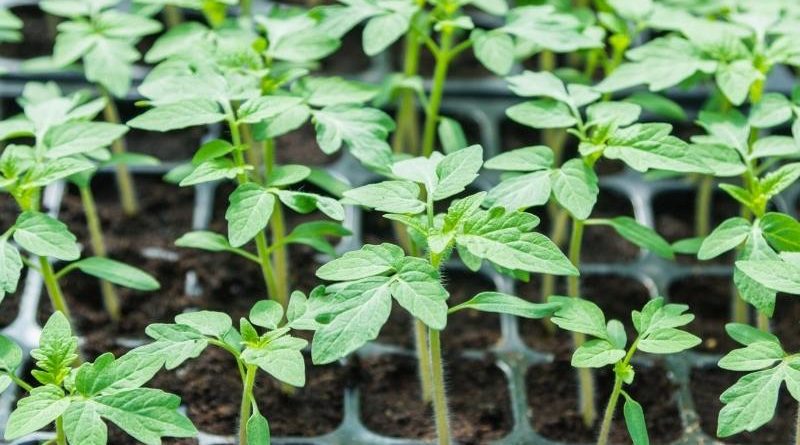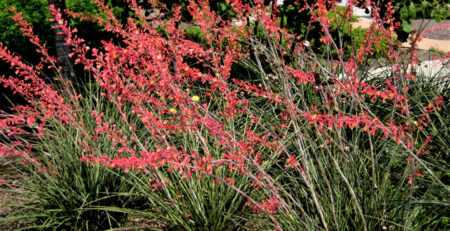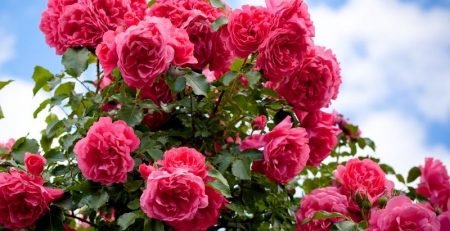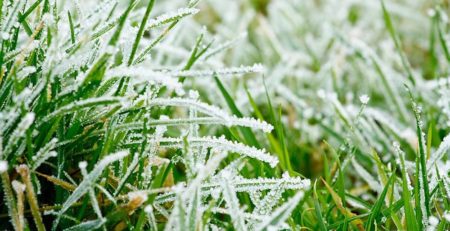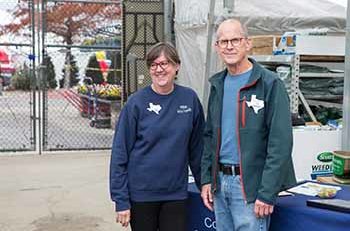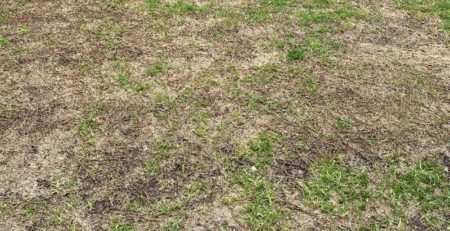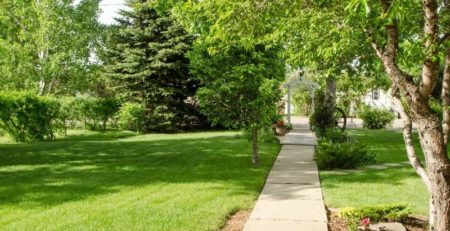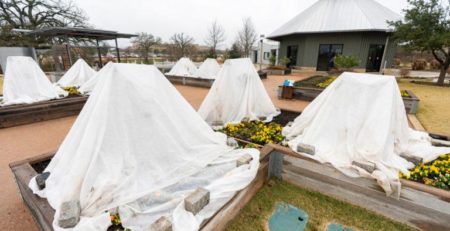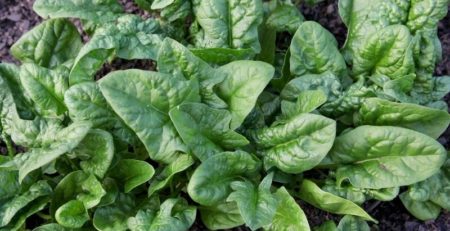What do I need to start seeds indoors?
Q: What do I need to know to start seeds indoors?
A: The right gardening supplies will help you get your seedlings off to a good start indoors. A 72-cell flat filled with a dampened, sterile, and soilless growing medium will provide you enough plants for a good-sized garden. A seedling tray placed underneath the cell flat will hold water to provide below-ground moisture to the plants.
Sow your seeds at the recommended spacing and depth. Vermiculite sprinkled on top of the soil to cover seeds to their recommended depth will prevent algae buildup. Label cells with markers to identify what is planted there and then cover the flat with a humidity dome.
Five major components need to be addressed when you start seeds indoors for transition to an outdoor environment: light, heat, moisture, air circulation, and hardening off.
Light
Seedlings and young plants need 14 to 16 hours of bright light each day to grow strong and sturdy. If necessary, invest in a programmable timer to ensure ample duration of bright light. If your plants become spindly, they need more light. Position your light source three to four inches above the soil at first.
After the plants sprout and begin growing, gradually increase the distance of the plants in relation to the light source. If your light source is permanently fixed, as your plants grow taller adjust the height of the shelf on which they sit. If your shelf is permanently fixed, adjust the height of the light source to accommodate the increasing height of the plants.
An incandescent bulb will not provide enough light to get your plants off to a good, healthy start. Instead, invest in a grow light or other lighting fixture that evenly broadcasts light on the full width and length of the flat. Depending on the size of your flat, you will need to invest in two or four HO T5 fluorescent lamps or full-spectrum LED bars to get wide-enough light dispersion.
When selecting a light source, it is important to know that blue (cool) light favors vegetative growth and red (warm) light favors flowering. For starting seeds and cuttings, it is best to use either:
• A full-spectrum LED light between 5000-7000 Kelvins, which is on the cool side; or
• A cool-spectrum high-output fluorescent (HO T5).
Once the seeds are off to a good start and you want to promote flowering, switch to dual or multi-band LED lights that blend red and blue light and will be pink.
Heat
Most homes are kept at a temperature of 68 to 74 degrees Fahrenheit, but most seeds germinate between 55 and 70 degrees Fahrenheit. If your seed-starting enterprise is in a cold environment, however, you may want to invest in a heat mat to elevate the seed tray temperature. Turn off the heat mat once your seeds have germinated because seedlings grow best at lower temperatures.
Moisture
A humidity dome (a clear, plastic cover) is needed to maintain adequate moisture for germination. Periodically check your flat to ensure your seedlings have enough moisture. If the flat feels light, the soil has begun to dry out. Refill the seedling tray with one-fourth to one-half inch of water to provide moisture from below. Once seedlings emerge, you should remove the humidity dome to prevent fungal problems.
There should be only one seedling per cell in the flat. If you need to thin your plants, use a scissors to cut the surplus seedlings off at ground level. Once the seeds have sprouted and you have two sets of true leaves, begin watering from above with a water-soluble fertilizer to promote vigorous growth. A good rule of thumb is to dilute your fertilizer by 50%. Remember to water weekly, but weakly.
Air Circulation
An oscillating fan ensures your seedlings will develop strong stems.
Hardening Off
Seedlings should be hardened off seven to 14 days before moving them permanently outdoors. One week before you begin the hardening off process, decrease the water and fertilizer you are giving your plants. When temperatures reach 45 degrees Fahrenheit and the wind has died down, place your seedlings outside, protected from direct sunlight, for one hour. Return the plants to their indoor location, but repeat taking them outside every day, increasing the time outdoors by one hour each day. After two to three days, gradually shift the plants’ outdoor location so they receive morning sunlight. Once the plants have hardened off, they are ready to be transplanted to your garden.
What are you waiting for? Get planting and prepare to delight in the miracle of life.
“A seed knows how to wait…a seed is alive while it waits.” –Hope Jahren

